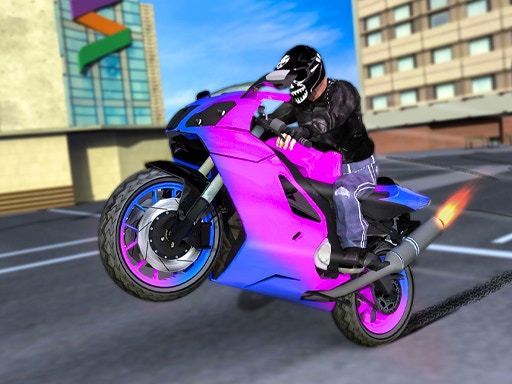
To make progress against poverty is therefore one of the most urgent global goals. The poorest in the world are often hungry, have much less access to education, regularly have no light at night, and suffer from much poorer health. Global poverty is one of the very worst problems that the world faces today. But before we present the evidence, the introductory sub-section here provides a brief overview of the relevance of this approach. In this entry we will focus mainly (though not exclusively) on poverty as measured by ‘monetized’ consumption and income, following the approach used by the World Bank. Poverty is a concept intrinsically linked to welfare – and there are many ways in which one can try to measure welfare. But relying only on higher poverty lines would mean that we are not keeping track of the very poorest people in the world and this is the focus of this entry. Accordingly, in this entry we will also discuss the global distribution of people below poverty lines that are higher than the International Poverty Line of 1.90 int.-$. However, it is also important to point out that living conditions well above the International Poverty Line can still be characterized by poverty and hardship. Focusing on extreme poverty is important precisely because it captures those most in need. It is important to emphasize that the International Poverty Line is extremely low. Indeed, ‘extreme poverty’ is an adequate term for those living under this low threshold. This is done through Purchasing Power Parity adjustments (explained below).

For this reason, it is not sufficient to simply convert the consumption levels of people in different countries by the market exchange rate it is additionally necessary to adjust for cross-country differences in purchasing power. Income measures, on the other hand, are only used for countries in which reliable consumption measures are not available.Ī key difficulty in measuring global poverty is that price levels are very different in different countries. This poverty measurement is based on the monetary value of a person’s consumption. The poverty line was revised in 2015-since then, a person is considered to be in extreme poverty if they live on less than 1.90 international dollars (int.-$) per day. The World Bank, which is part of the UN, is the main source for global information on extreme poverty today and it sets the ‘International Poverty Line’. The research here is concerned with the living conditions of the worst off: those who live in ‘extreme poverty’ as defined by the United Nations. In each of these statistics price differences between countries are taken into account to adjust for the purchasing power in each country. 85% of the world live on less than $30 per day, two-thirds live on less than $10 per day, and every tenth person lives on less than $1.90 per day. Most people in the world live in poverty. World population living in extreme poverty World Bank & Bourguignon and Morrisson.Total population living in extreme poverty by world region.The share of people living in extreme poverty vs GDP per capita.The number of people living in extreme poverty.Share of population living with less than 1.90$ and 3.20$ per day.Share of population living in multidimensional poverty.Share of people living in extreme poverty European countries (Bradshaw and Mayhew, 2011).Share of global population living in extreme poverty including and excluding China.Share living on less than 3.20 int.-$ per day.Share in poverty relative to different poverty thresholds.Reconstruction of historical global extreme poverty rates.Projected share of the population in extreme poverty.Projected number of people in extreme poverty, by region Crespo-Cuaresma et al.

Poverty gap index at 1.90 int.-$ per day.MDG1.A: Share of population in extreme poverty (less than $1.25 per day).How does the international poverty line compare to multidimensional poverty?.GDP per capita in international and market dollars.

Distribution of population between different poverty thresholds Povcal data.Disposable household income: Income cutoff to the poorest decile vs mean income.Data deprivation: number of poverty surveys per decade available via the World Bank.Comparison of extreme poverty estimates, Povcal vs Bradshaw & Mayhew (2011).


 0 kommentar(er)
0 kommentar(er)
